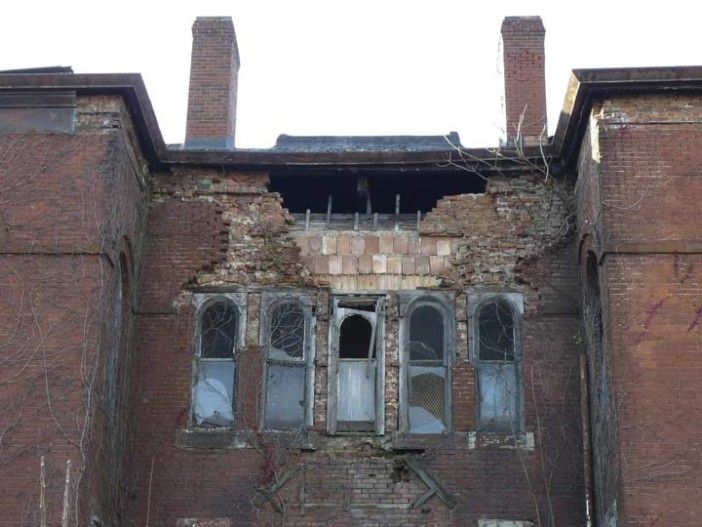Head East On Church Avenue With Forgotten NY!


In January, Forgotten New York took us on the first part of an amazing walk down Church Avenue, starting at the historic road’s western-most point near 37th Street, at the edge of Borough Park and Kensington.
As Kevin Walsh, who runs Forgotten New York’s website, reminded us in Part One: “[Church Avenue] is a very old road going back to the first European presence in Long Island. Originally it was a conveyance for cattle and hay wagons to and from the salt marshes that originally constituted a great deal of East Flatbush.”

Now — Walsh picks up where he left off at East 21st Street, and continues his journey eastward on Church Avenue, all the way to East 98th Street, between Lott and Hegeman Avenues in Brownsville.
If you have time, read the full Part II post. It’s awesome. Or better yet — take the walk yourself.
Here are four stops we found especially interesting that speak to the ongoing transformation of Church Avenue:
1.) Flatbush and Church Avenues
While this intersection is known to all, it’s still incredible to think that a church has been at this site since 1654. As Walsh notes, “the very beginnings of the village [Flatbush]” are here.
“Flatbush Dutch Reformed [Church] has had three incarnations: a wood structure built on orders from Governor General Peter Stuyvesant in 1654, a stone building in 1699, and the current one built from Manhattan schist dating to 1798. The churchyard goes back to the church’s very beginnings and contains stones inscribed in both English and Dutch.”

“Among the many stained glass windows are a few by Louis Comfort Tiffany. The tower contains a clock and bell that are dated 1796, plus a 10-bell chime that was cast by the Meneely Foundry of Troy, N.Y., and installed in 1913. The church bell has tolled the death of every U.S. President.”
2.) Ruins of Flatbush District #1 School
“At the SW corner of Church and Bedford is a ruin in limbo. This was once the Flatbush District #1 School, later PS 90, and was constructed from 1878-1894 in a design by John Culyer, also the architect of Flatbush Town Hall on Snyder Avenue — and it’s actually a designated NYC Landmark.”

“It was a public school until 1951; 3 years later it became the Yeshiva University Boys’ High School in 1968, the Beth Rivkah private Jewish school for girls. It has been empty since the 1990s.”
3.) Murals at Rogers and Church Avenues
Walsh describes coming across at least three large murals depicting important figures in African-American history.
“Another piece of the wall depicts Dr. John Henrik Clarke (1918-1998) a second professor of African studies and a prominent proponent of African nationalism. Interestingly, he changed his middle name from Henry to Henrik because of an admiration he had for Norwegian playwright Henrik Ibsen.”


4.) Old Trolley Pole at Church and Schenectady Avenues
“At Church and Schenectady Avenues (which has no doubt been baffling bad spellers for over a century) there’s another streetcar relic. Previously I had no idea this decommissioned trolley pole was still here and this one is the rare bird with a crossbar that held multiple wires.”

“The #8 (later #35) trolley plied this route, and hung in there until 10/31/56 — the last surviving surface route in Brooklyn!”
Clearly, this just scratches the surface. Tell us your Church Avenue stories!




